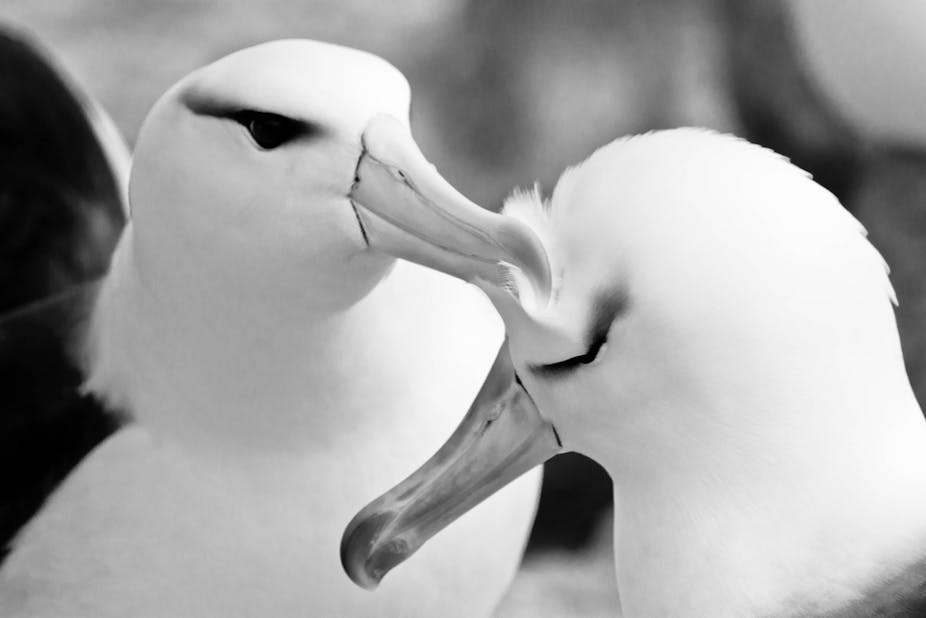Tony Burke and Joe Ludwig have just announced a review of the Fisheries Management Act and the EPBC Act, thanks to public opposition to the super trawler. But the Commonwealth should take a good hard look at its other trawl fisheries to see if they need tougher regulation.
It is not just super trawl fishing in the Commonwealth’s Small Pelagic Fishery that should be under question. The other trawl fishing activity that should be subject to tighter legislation to prevent unacceptable impacts on fish and protected species is the South East Trawl.
The Commonwealth’s South East Trawl sector - fished by small vessels - is far more destructive in terms of mortality of protected species than is the Small Pelagic Fishery (SPF), where the super trawler FV Abel Tasman was to fish.

Moreover there are four major species of fish officially overfished – some for years on end – in the SE trawl fishery. None of the small pelagics targeted in the SPF are overfished.
The South East Trawl fishery interacts strongly with - that is, kills - the protected Australian fur seal (Arctocephalus pusillus doriferus), and to a lesser extent the Australian sea lion (Neophoca cinera), listed as vulnerable under the EPBC Act.
Between 1993 and 2000, the Scientific Monitoring Program suggested that an average of 720 fur seals are caught incidentally by the small trawl vessels each year. The Abel Tasman, had it been allowed to fish, would have had its activity suspended any time it caught three seals.

Compared with large vessel operators, who are well resourced, the operators of the smaller vessels or “wet-boats” in this fishery, are constrained in applying mitigation methods such as seal exclusion devices (SEDs). Recent trials of a flexible SED design have been relatively successful but reliably estimating and reducing the level of interactions between seals and wet-boats remains an issue.
The bycatch consisting of many non-target species in addition to fur seals, some of which are protected under the EPBC Act, is of real concern. While fisheries are required to avoid interactions with threatened, endangered and protected species and all interactions are to be reported in logbooks, the logbooks are known to under-report the levels of interactions with some species. Data and observer coverage on seabird interactions in the South East Trawl are limited and greater participation and port-sampling programs are required for reliable data to be collected.
While data is deficient, in the calendar year 2006 a cumulative catch of 250 black browed albatross (endangered in the IUCN Red List) and 861 shy albatross (near threatened under the IUCN Red List and endemic to only three islands off Tasmania) was estimated for the Commonwealth Trawl Fishery. Both species are listed as vulnerable in the threatened fauna list under the Commonwealth’s EPBC Act. There was found to be no mitigation of seabird bycatch in the CTS, the Commonwealth fishery with the greatest number of observed interactions in 2006. Reducing the seabird mortality in the CTS is thus a priority for the development of mitigation measures.
If the cumulative catch rate found in the above study has continued across the fishery, then 1,300 black browed albatross and 5,166 shy albatross would have been captured in the six years 2006-2011.
This is a wholly unacceptable level of bycatch.

